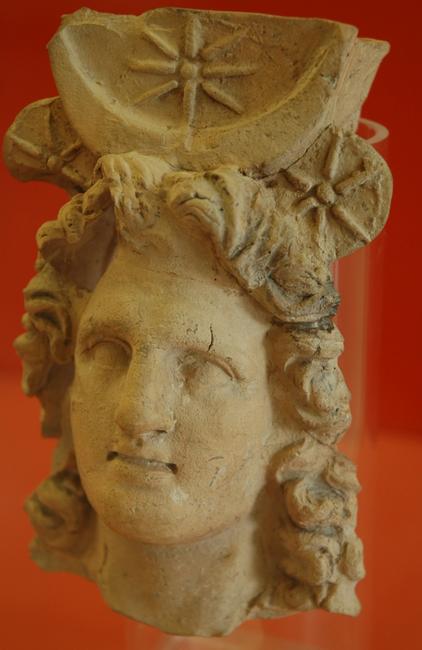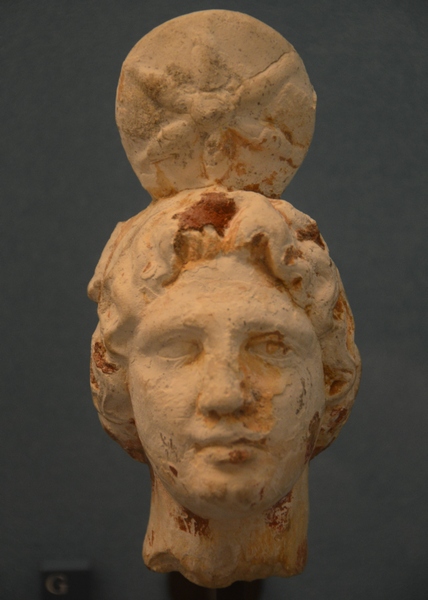Sile
Banned
- Messages
- 5,110
- Reaction score
- 582
- Points
- 0
- Location
- Australia
- Ethnic group
- North Alpine Italian
- Y-DNA haplogroup
- T1a2 -Z19945..Jura
- mtDNA haplogroup
- H95a1 ..Pannoni
I already told you...the top COA is to do with the illyrian provinces ( Dalmatia ) under french Napoleon .........the eight pointed star means honour and hope and the moon sitting as it is means faithFirst picture God ( Ba' al ) became equivalent with Belzebup, once the Judean canon God became Elohim, other relevant gods and populations got absorbed in favor of monotheism. Profet Elijah was one of the important figures in "destroying" Ba ' al and why he became symbol with the Devil, the Horns... Beelzebup etc.
My conclusion is that Albanians adopted double headed eagle in the times of Christianity since they converted, however retained six pointed star (some cognate of the star of David, or other hexagonal shape) both in the coat of arms of Illyricum in Croatia that has a Crescent and a Star, but also in Albania. However, in order to depict some post-Zoroastrian duality within Christianity... they had to get rid of the horned goat as a symbol of power... and shift to a byzantine double headed eagle. Both symbolizing "power" and duality in their own right.
We do see the goat as the coat of arms of the Gjuraj clan in Western Macedonia, although all the other clans changed their heraldry into eagles....
What is to be noted is that the Kastrioti clan retained the horned goat, however over a double headed eagle as a helmet. And I suspect this had to do with Kastrioti "tracing" their lineage to Phyrrus, since he had the horned hat. Also the Kastrioti clan for a while had a six pointed star, however different from early Illyrian floral 6 pointed stars, rather this one a full-colored gold Star of David.
For reference check the images below:
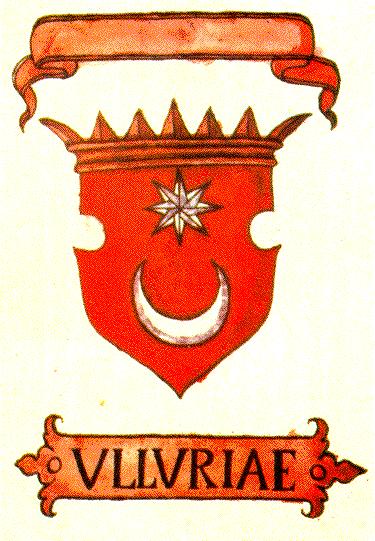
Croatian Ulluriae coat of arms... Star and crescent can be found in archeology across Bosnia all the way to Croatia. Will fin and update tomorrow.
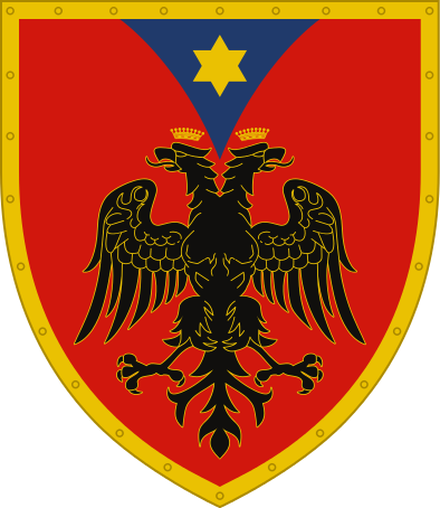
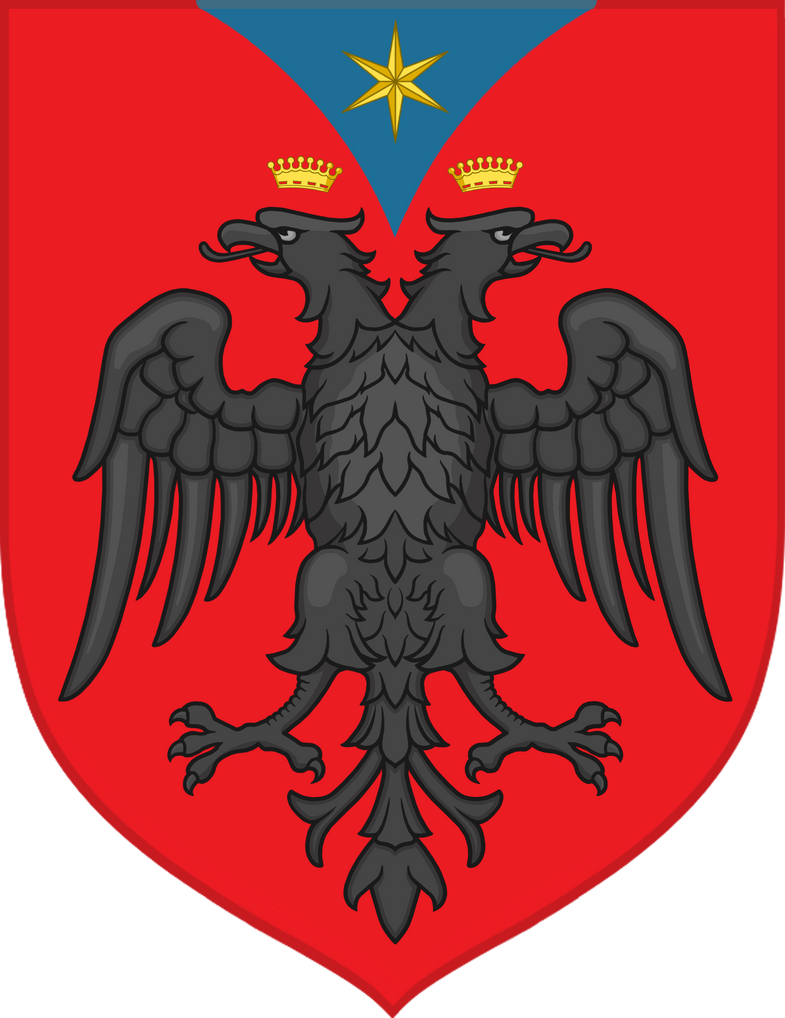
Kastrioti Coat of Arms... (Note: Hexagon / Fully colored Star of David left / Six pointed Star, aking to Illyrian one right)


Only Gjuraj in Western Macedonia / Mat kept the goat in their coat of arms... However both the horns, as well as duality through the double headed eagle remained the main theme of the heraldry, from my analysis. I think there is a similar last name to Gjuraj in Italy too... Have to research their history.
The albanians use a six pointed star



